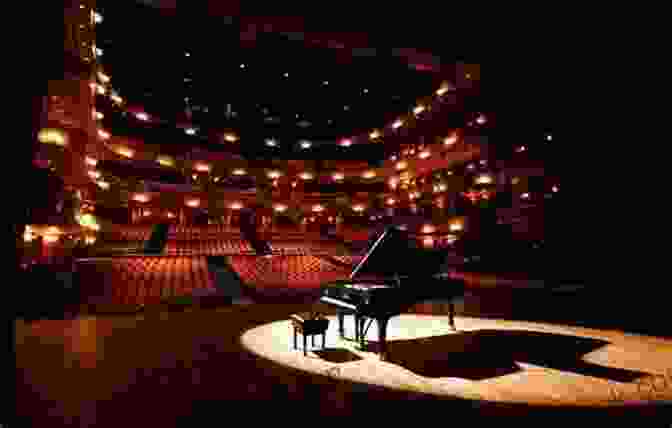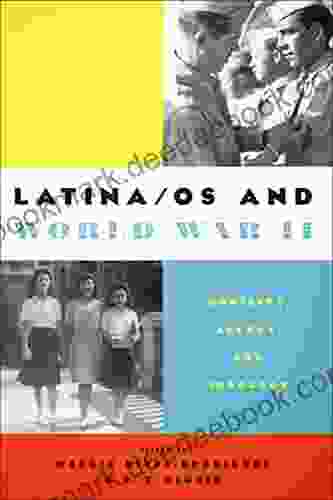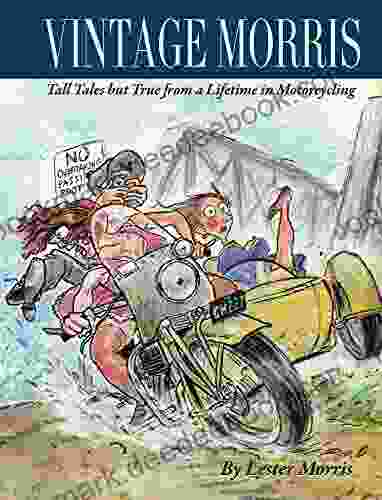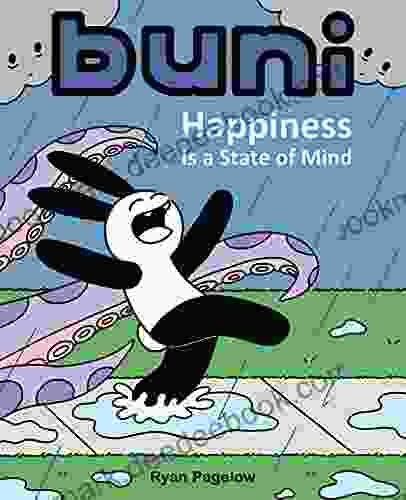Music's Evolutionary Journey: The Enchanting Origins of the Piano


Prelude: The Forerunner of the Piano
The piano, a musical instrument that has captivated hearts and filled concert halls for centuries, has a rich and fascinating history. Its evolution is a testament to human ingenuity and the unwavering pursuit of artistic expression. The origins of the piano can be traced back to the early 14th century, with the invention of the clavichord. This keyboard instrument, while primitive in design, laid the foundation for the development of the piano.
4.1 out of 5
| Language | : | English |
| File size | : | 97 KB |
| Text-to-Speech | : | Enabled |
| Screen Reader | : | Supported |
| Enhanced typesetting | : | Enabled |
| Word Wise | : | Enabled |
| Print length | : | 48 pages |
| Lending | : | Enabled |
Historical Interlude: The Harpsichord and Its Influence
In the 16th century, the harpsichord emerged as a more refined keyboard instrument. It produced sound by plucking strings with quills, resulting in a bright, twangy tone. The harpsichord became widely popular in Europe, particularly for its use in chamber music and continuo accompaniment.
The Birth of the Piano: Bartolomeo Cristofori's Revolutionary Invention
The true birth of the piano occurred in the early 18th century at the hands of the Italian harpsichord maker Bartolomeo Cristofori. Driven by his desire to create an instrument that could produce both soft and loud sounds, Cristofori devised a mechanism that struck hammers against strings, replacing the plucking action of the harpsichord. This revolutionary invention gave rise to the pianoforte, the precursor to the modern piano.
Evolution and Refinement: From Pianoforte to Concert Grand
The pianoforte quickly gained popularity, captivating audiences with its expressive range and dynamic capabilities. Over the following decades, various refinements were made, including modifications to the action, stringing, and case design. By the mid-19th century, the concert grand piano emerged as the standard instrument for classical music performance, renowned for its rich tone and powerful projection.
Cultural Impact and Musical Legacy
The piano has had an immeasurable impact on the world of music. It has inspired countless composers, from Mozart and Beethoven to Chopin and Debussy, to create masterpieces that showcase its versatility and expressive power. The piano has also become a ubiquitous instrument in popular music, finding its place in genres ranging from jazz and blues to rock and pop.
Anatomy of a Piano: A Symphony of Complex Mechanisms
The piano is a complex instrument, composed of thousands of individual parts. At its core lies the soundboard, a large, thin piece of wood that amplifies the vibrations of the strings. The strings are stretched over a sturdy frame and tuned to specific pitches. When a key is pressed, a hammer covered with felt strikes the corresponding string, causing it to vibrate. The sound produced by each string is then projected through the soundboard, filling the room with a rich and resonant tone.
The Piano in the Digital Age: Embracing Technological Advancements
In recent decades, the advent of digital technology has led to the development of electronic pianos. These instruments offer a wide range of sounds and features, making them appealing to musicians of all levels. While they may not fully replicate the tactile experience of playing a traditional piano, digital pianos provide accessible and convenient alternatives for those seeking to explore the world of keyboard music.
Preserving the Legacy: The Piano as a Cultural Heritage
The piano has played a significant role in shaping the history of music and continues to be an integral part of our cultural heritage. Its timeless beauty and versatility have made it an enduring symbol of artistic expression. Preserving and celebrating the piano in all its forms is essential for future generations to appreciate and enjoy this extraordinary musical instrument.
: A Timeless Masterpiece
The piano is more than just a musical instrument; it is a testament to human creativity and the pursuit of artistic perfection. Its journey from its humble origins to its status as a beloved cultural icon is a story of innovation, refinement, and lasting legacy. As we continue to cherish and explore the piano's boundless possibilities, it will undoubtedly remain a source of inspiration, joy, and musical beauty for centuries to come.
4.1 out of 5
| Language | : | English |
| File size | : | 97 KB |
| Text-to-Speech | : | Enabled |
| Screen Reader | : | Supported |
| Enhanced typesetting | : | Enabled |
| Word Wise | : | Enabled |
| Print length | : | 48 pages |
| Lending | : | Enabled |
Do you want to contribute by writing guest posts on this blog?
Please contact us and send us a resume of previous articles that you have written.
 Book
Book Novel
Novel Page
Page Text
Text Genre
Genre Library
Library Paperback
Paperback E-book
E-book Paragraph
Paragraph Glossary
Glossary Bibliography
Bibliography Synopsis
Synopsis Annotation
Annotation Scroll
Scroll Codex
Codex Bestseller
Bestseller Classics
Classics Autobiography
Autobiography Reference
Reference Encyclopedia
Encyclopedia Narrator
Narrator Character
Character Librarian
Librarian Catalog
Catalog Card Catalog
Card Catalog Borrowing
Borrowing Stacks
Stacks Research
Research Lending
Lending Reserve
Reserve Journals
Journals Rare Books
Rare Books Special Collections
Special Collections Interlibrary
Interlibrary Literacy
Literacy Dissertation
Dissertation Awards
Awards Reading List
Reading List Book Club
Book Club Textbooks
Textbooks Kim De Blecourt
Kim De Blecourt Robin D Mahle
Robin D Mahle Jakob Karl Rinderknecht
Jakob Karl Rinderknecht Julie Fain Lawrence Edsell
Julie Fain Lawrence Edsell Colin Receveur
Colin Receveur Matt Grossmann
Matt Grossmann Emily Dean
Emily Dean Hoi K Suen
Hoi K Suen Melissa Castrillon
Melissa Castrillon Daniele Vacca
Daniele Vacca Sharon Coan
Sharon Coan David Kremer
David Kremer Luca Roncoroni
Luca Roncoroni Sam Savage
Sam Savage Dave Horowitz
Dave Horowitz Michelle Robinson
Michelle Robinson Chekitan S Dev
Chekitan S Dev Matthew Rice
Matthew Rice Erin Riha
Erin Riha Reuben Steff
Reuben Steff
Light bulbAdvertise smarter! Our strategic ad space ensures maximum exposure. Reserve your spot today!

 Scott ParkerPostoperative Epidural Opioids: A Comprehensive Guide to Their Use, Benefits,...
Scott ParkerPostoperative Epidural Opioids: A Comprehensive Guide to Their Use, Benefits,...
 Ken SimmonsThe Latina Legacy of World War II: Forgotten Stories of Courage, Sacrifice,...
Ken SimmonsThe Latina Legacy of World War II: Forgotten Stories of Courage, Sacrifice,... Cortez ReedFollow ·11.7k
Cortez ReedFollow ·11.7k W.H. AudenFollow ·3.9k
W.H. AudenFollow ·3.9k Alexander BlairFollow ·14.2k
Alexander BlairFollow ·14.2k Milton BellFollow ·13.5k
Milton BellFollow ·13.5k Richard WrightFollow ·5.7k
Richard WrightFollow ·5.7k Efrain PowellFollow ·2.3k
Efrain PowellFollow ·2.3k Fred FosterFollow ·7.9k
Fred FosterFollow ·7.9k Jonathan FranzenFollow ·5.7k
Jonathan FranzenFollow ·5.7k

 Oscar Wilde
Oscar WildeDon't Stop Thinking About the Music: Exploring the Power...
Music is an...

 Floyd Richardson
Floyd RichardsonSnowman Story Problems Math With Santa And Friends
It's a cold winter day, and...

 W. Somerset Maugham
W. Somerset MaughamWhat Every Classroom Teacher Needs To Know: A...
Teaching is a challenging...

 Edgar Cox
Edgar CoxTall Tales But True: A Lifetime of Motorcycling...
I've been riding motorcycles for over 50...

 Chinua Achebe
Chinua AchebeBuni: Happiness Is a State of Mind
Buni is a beautiful...

 Herman Melville
Herman MelvilleThe Arts and Crafts of Older Spain: Embodying the Essence...
In the heart of the Iberian...
4.1 out of 5
| Language | : | English |
| File size | : | 97 KB |
| Text-to-Speech | : | Enabled |
| Screen Reader | : | Supported |
| Enhanced typesetting | : | Enabled |
| Word Wise | : | Enabled |
| Print length | : | 48 pages |
| Lending | : | Enabled |








